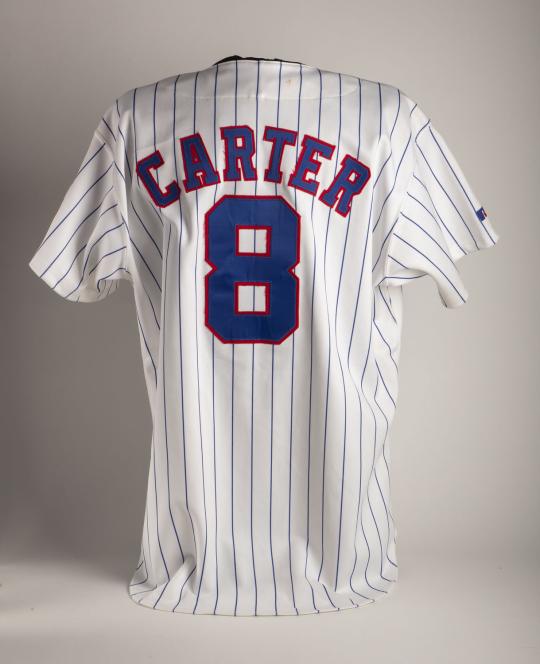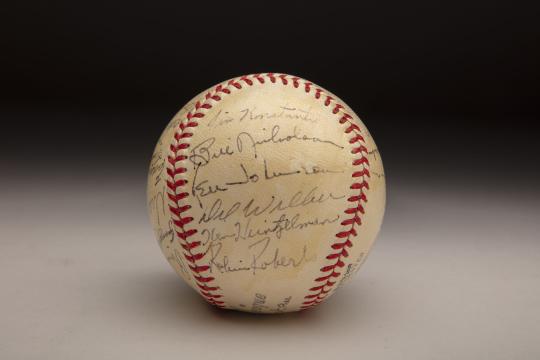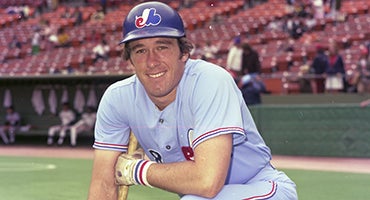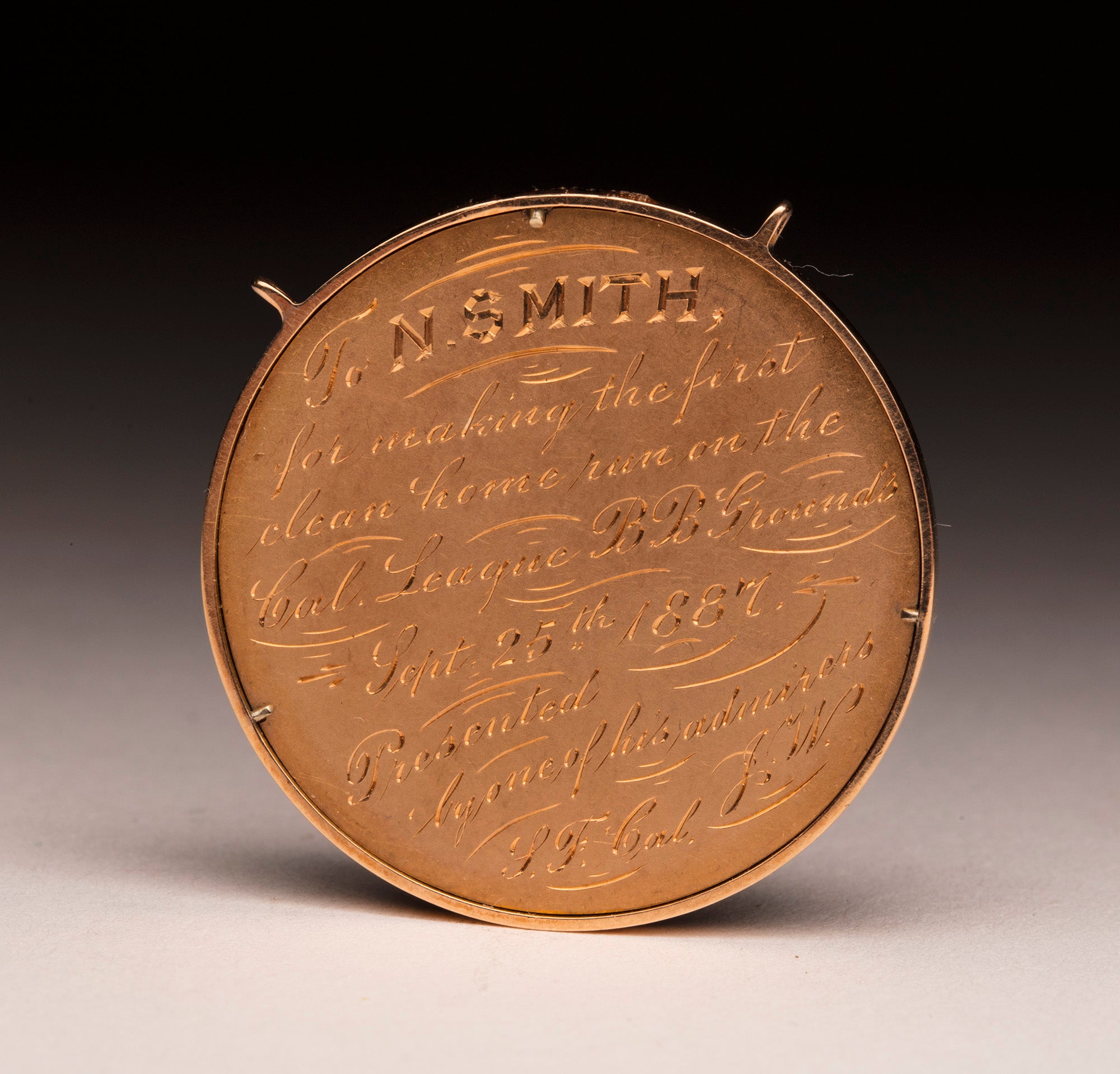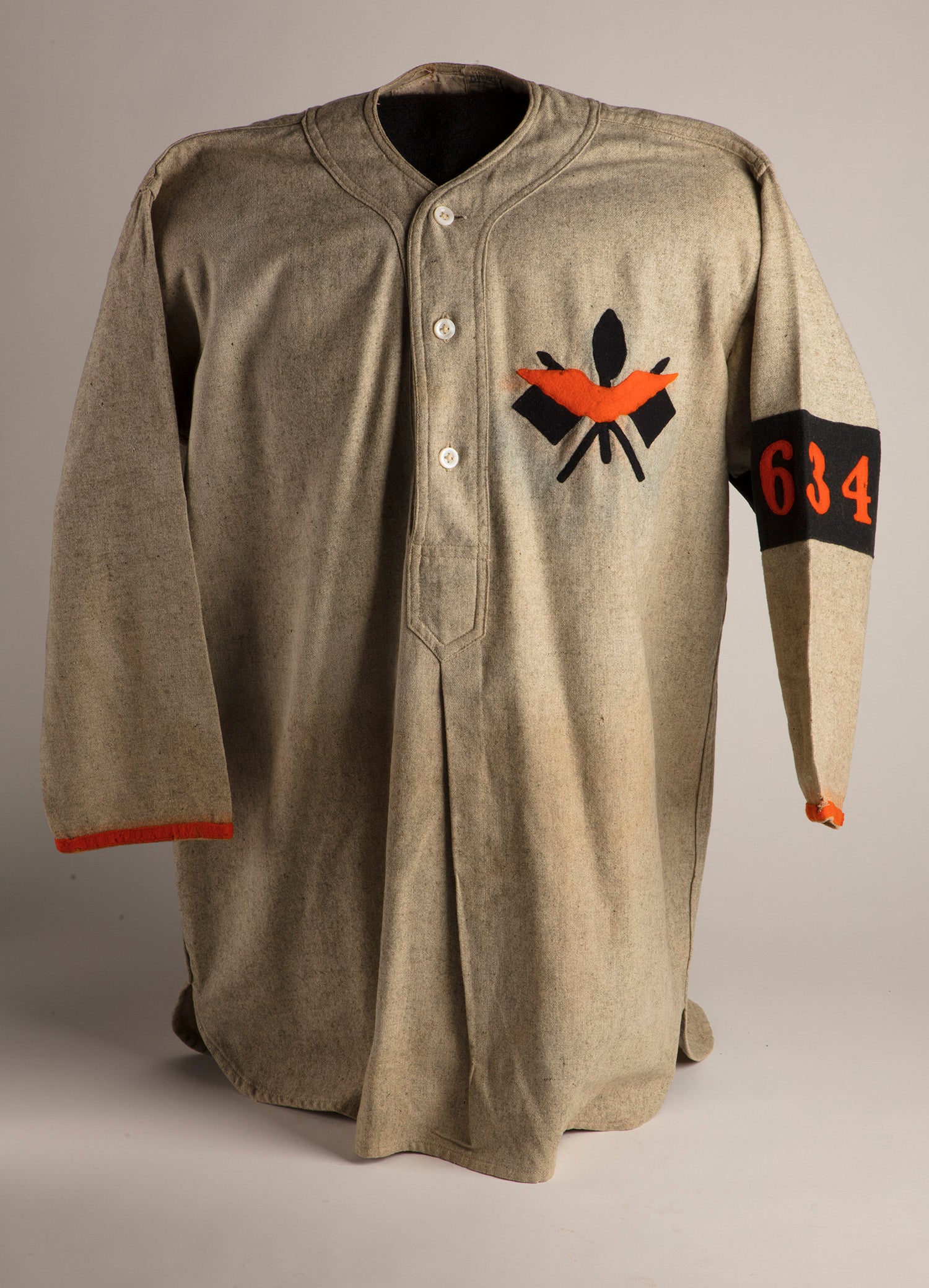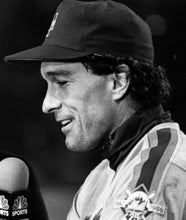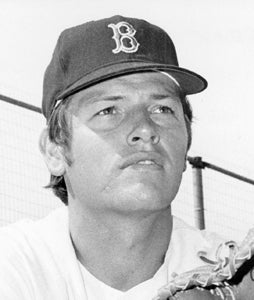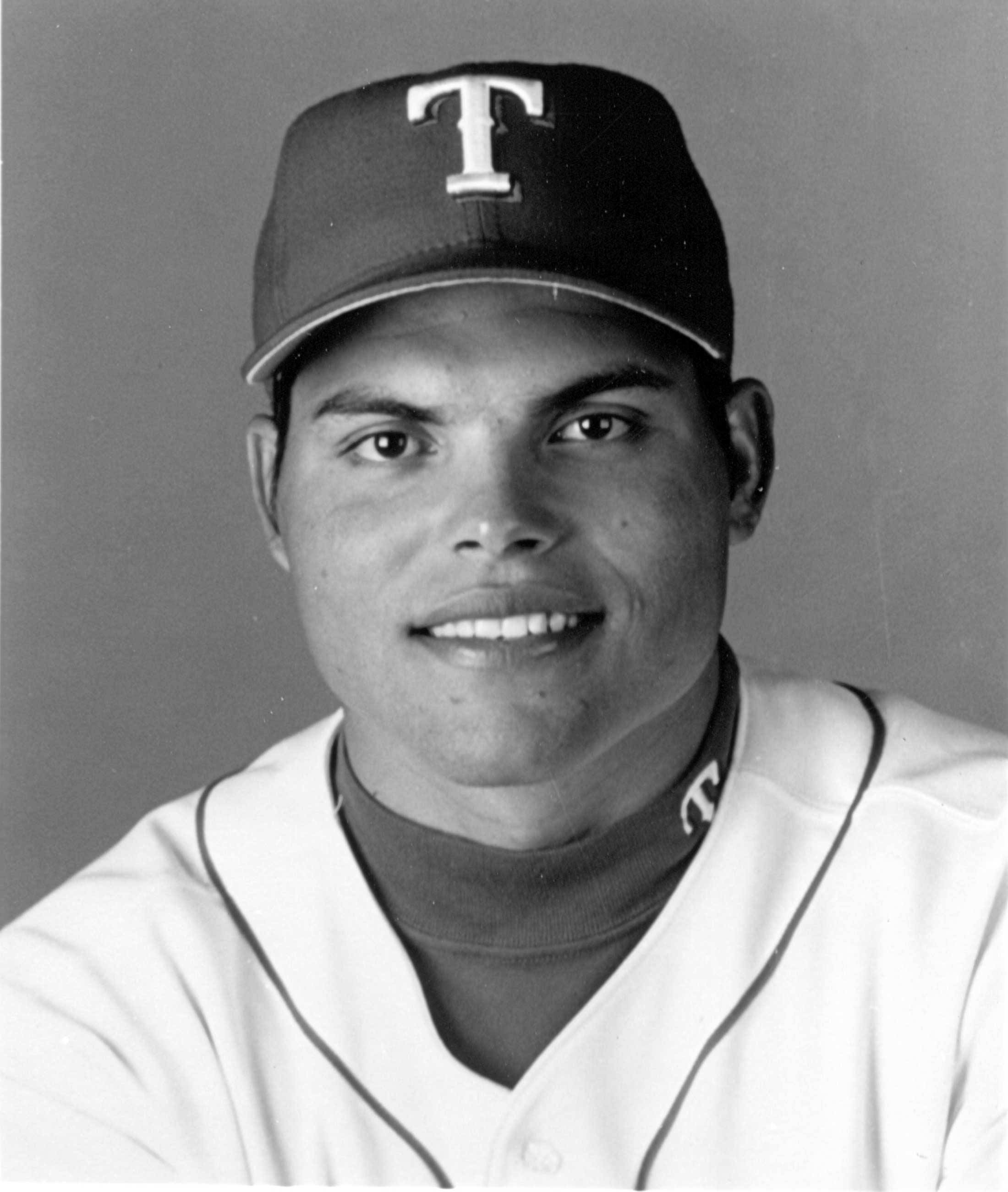- Home
- Our Stories
- Families of Carter, Konstanty donate previously loaned artifacts to the Hall of Fame
Families of Carter, Konstanty donate previously loaned artifacts to the Hall of Fame
Before relief pitchers were widely used and respected, Jim Konstanty was among the best.
The right-hander was a dominant reliever in the 1940s and 1950s. He posted his best season in 1950, when he became the first relief pitcher to win the National League Most Valuable Player award. Now, thanks to a donation from his daughter, Helen Rees, and the Konstanty family, his memory will be permanently preserved in the Hall of Fame’s collection.
Hall of Fame Membership
There is no simpler, and more essential, way to demonstrate your support than to sign on as a Museum Member.
Official Hall of Fame Apparel
Proceeds from online store purchases help support our mission to preserve baseball history. Thank you!
“This just seemed the place to be, because otherwise, what are you going to do with five children and one item?” Rees said. “The same happened with the MVP plaque, the uniform. At this point, I thank the Hall of Fame for keeping them safe.”
Konstanty was an integral part of the 1950 National League pennant-winning Philadelphia Phillies. He amassed a league-leading 22 saves and 62 games finished, going 16-7 with a 2.66 ERA. He was named to the All-Star Game and carried the Phillies to their first pennant since 1915 – the last one they would win until 1980.
The Phillies were swept by the New York Yankees in the World Series, but Konstanty’s role in their run to the pennant was not forgotten.
After the season, he was named NL Most Valuable Player, earning 18 of 24 first-place votes.
Konstanty ultimately played 11 seasons for the Cincinnati Reds, Boston Braves, Phillies, Yankees and St. Louis Cardinals from 1944-1956, posting a 3.46 career ERA.
“He was the first relief pitcher to really make a profession out of just relieving,” Rees said.
Now, two artifacts from his historic 1950 season will continue to be preserved in the Hall of Fame’s collection.
Among the recent donations are a complete Phillies uniform worn by Konstanty that season and a baseball signed by members of the 1950 Phillies. One of Konstanty’s caps from the 1949 season is also included.
Konstanty spent much of his later life a little more than 20 miles from Cooperstown in Oneonta, N.Y., where he served as athletic director at Hartwick College. For Rees, preserving memories of her father’s career in the Hall of Fame is an important way to keep his effect on baseball and his local community alive.
“I want people to know that he really did contribute a lot to anything that he was involved in,” Rees said. “He was very quiet, but his contribution was a lot. He inspired a lot of local athletes to go on, and a lot of them got into the minors because of it.”
The Konstanty artifacts were loans to the Museum that were recently converted to outright donations. Gary Carter’s family also recently converted Museum loans to donations.
Decades after Konstanty’s career ended, Carter was a dominant force behind the plate for the Montreal Expos, New York Mets, San Francisco Giants and Los Angeles Dodgers.
Thanks to a recent donation from Jim Konstanty's daughter, Helen Rees, the right-hander's memory will be permanently preserved in the Museum's collection. Among the items that were donated was this baseball, signed by members of the 1950 Phillies. (Milo Stewart Jr./National Baseball Hall of Fame and Museum)
He played 19 seasons from 1974-1992 and amassed more than 2,000 games caught and 1,200 RBI en route to Hall of Fame election in 2003.
Around the same time Rees made her donation, Carter’s wife Sandy also donated several loaned artifacts from her husband’s career.
Carter was among the leaders of National League catchers in several defensive categories during the prime of his career, including total chances from 1977-1982, putouts from 1977-1980 and 1982 and double plays from 1978-79 and 1983.
Carter’s career was defined by consistency and longevity.
He ranks fourth all-time in games caught with 2,056, trailing only Iván Rodríguez, Carlton Fisk and Bob Boone.
While playing for the Giants on June 19, 1990, Carter broke the NL record for games caught by catching his 1,862nd game.
Among the artifacts donated by Carter’s wife is a baseball from that 1990 game at Candlestick Park.
Carter spent 12 seasons in Montreal – the most of any team he played for – and in 1992, he closed out his career with one more season with the Expos.
Also joining the Hall of Fame’s permanent collection are three artifacts from that final season: An Expos jersey, cap and mask.
Janey Murray was the digital content specialist at the National Baseball Hall of Fame and Museum

